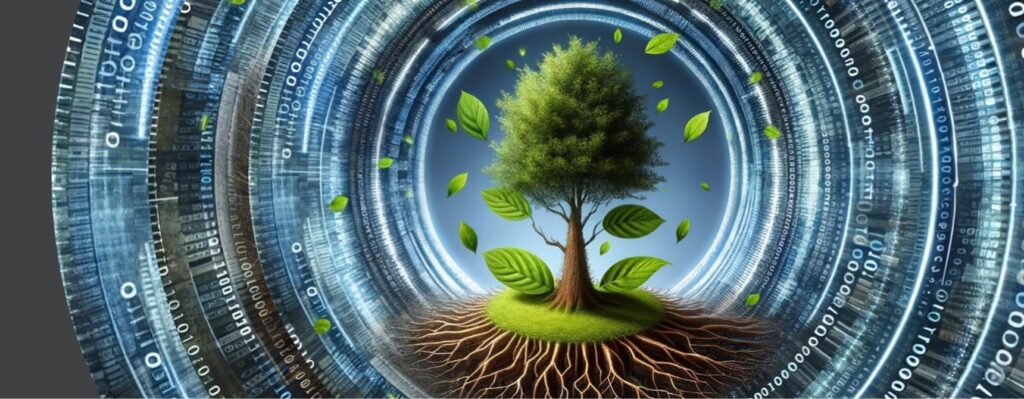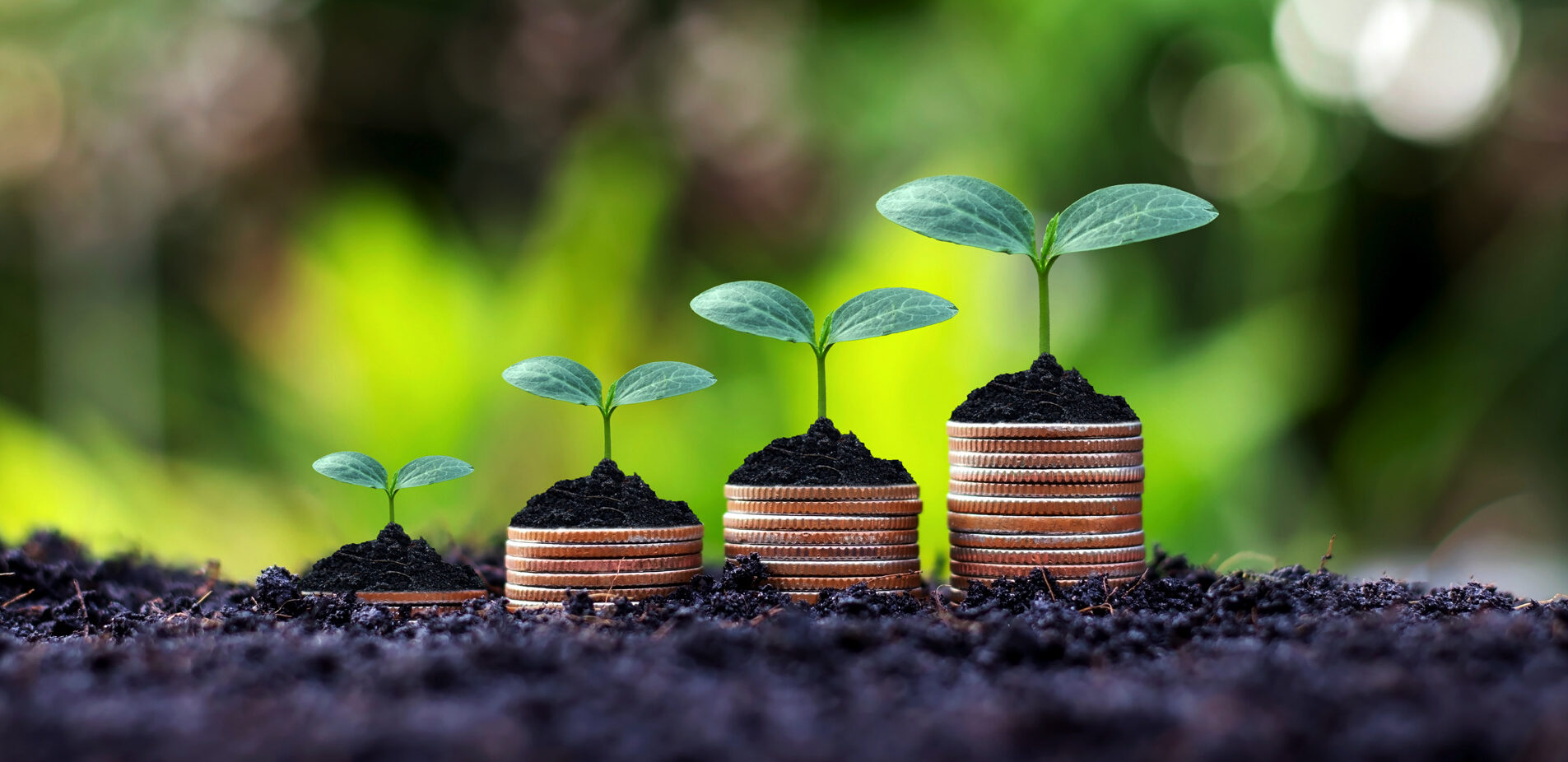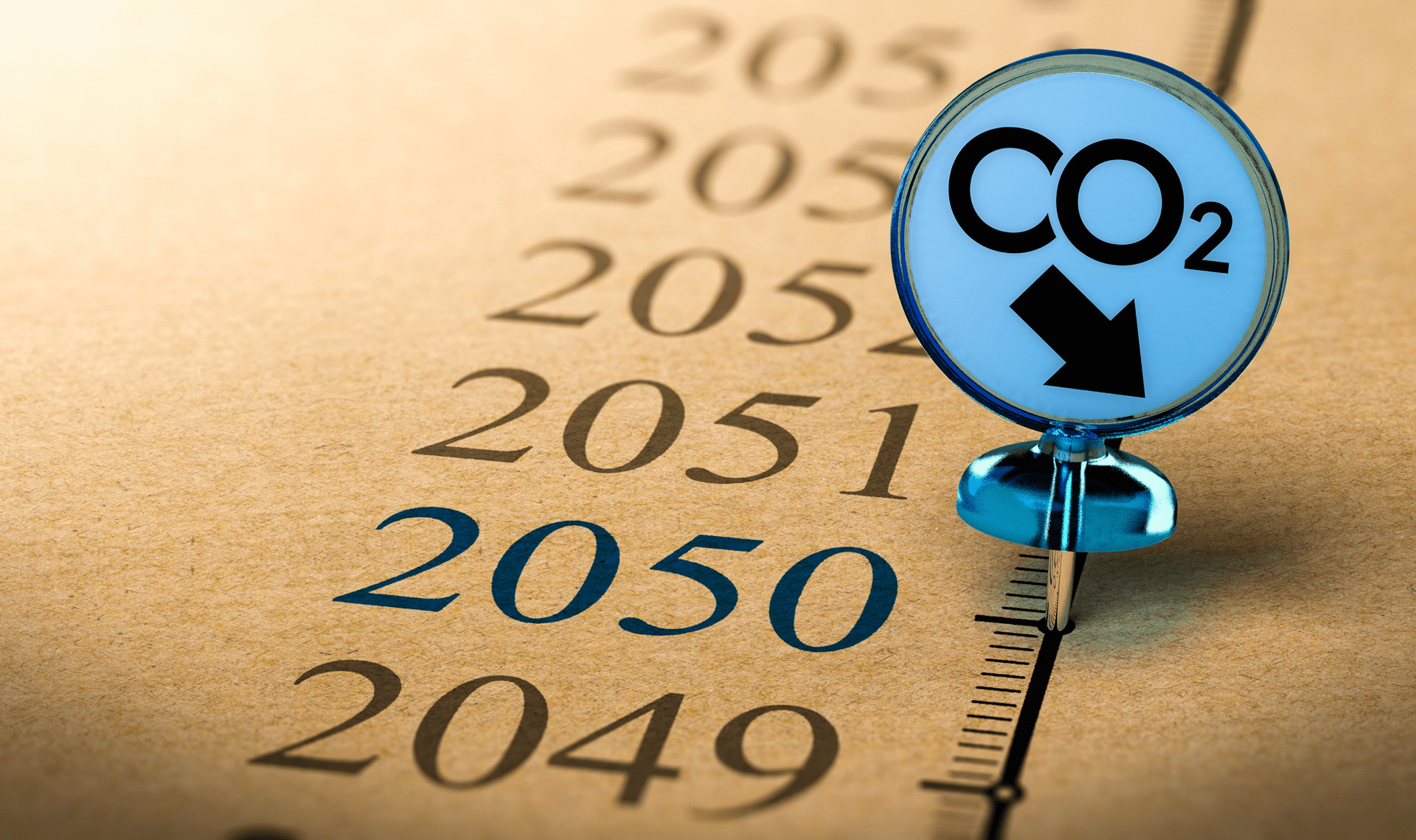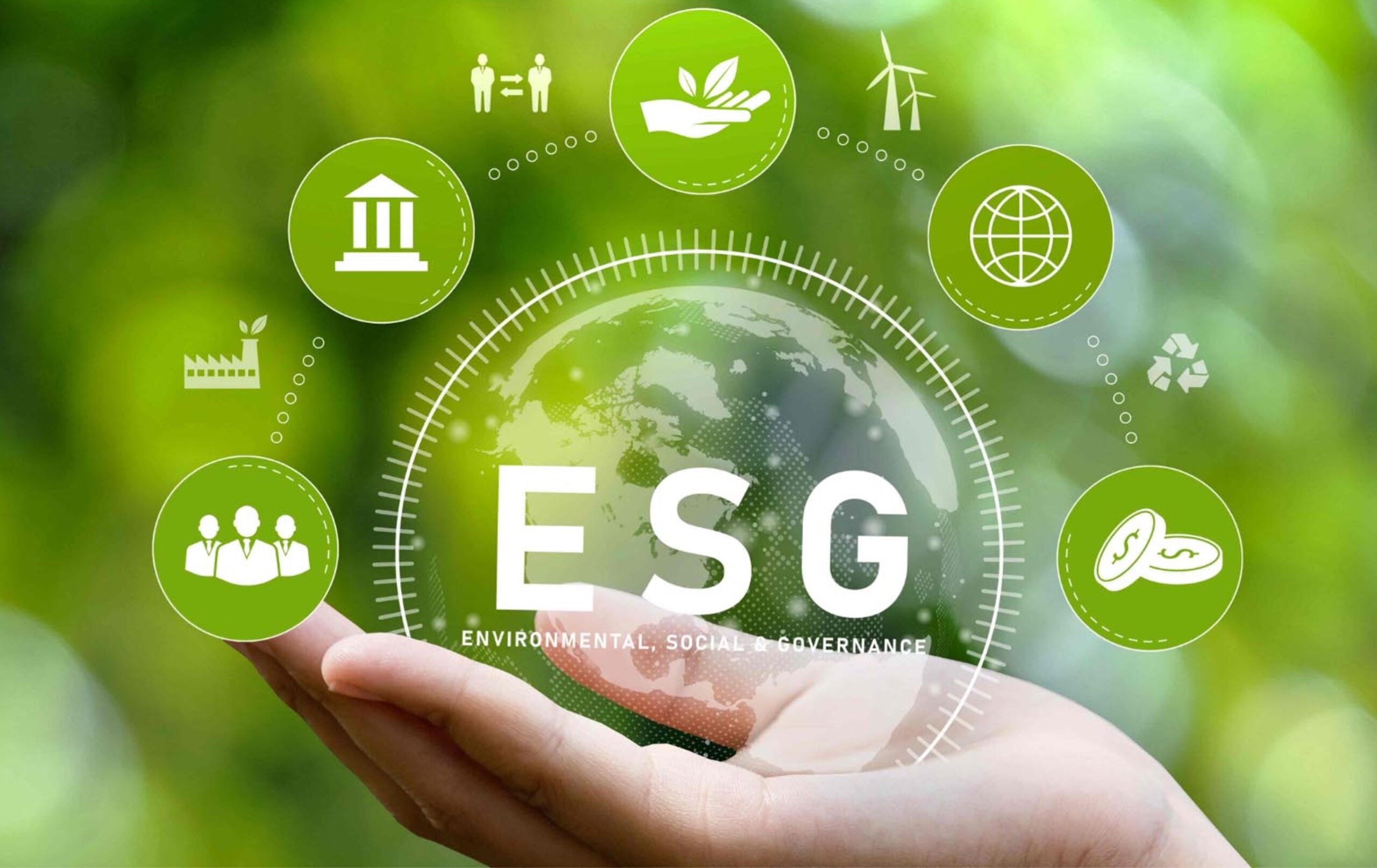Boost B2B Marketing & Sales Productivity with Sustainability
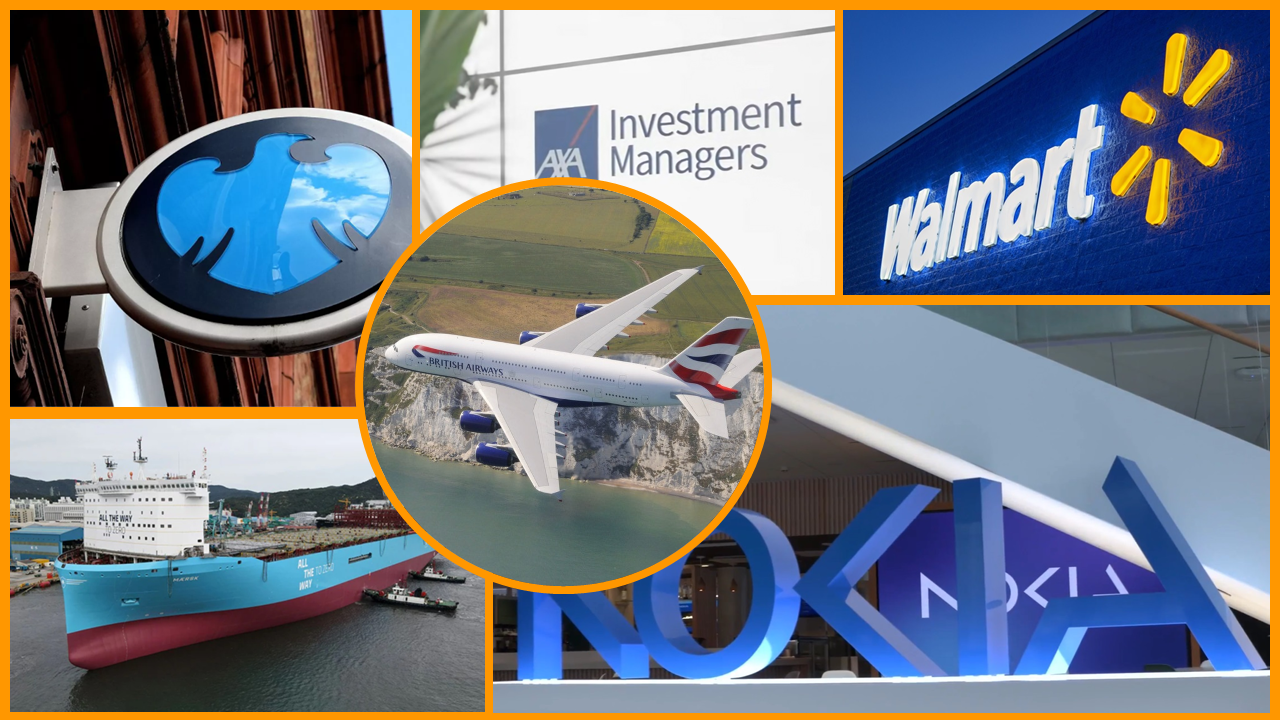 Despite a tough economic environment, we know that many businesses from across all sectors continue to invest to become more sustainable. Discussed in our recent blog and evidenced by these announcements made recently in Feb 2024, leading companies in their sectors are acting and showing a significant shift in decision making priorities. (see link to the blog at the foot of this page).[1]
Despite a tough economic environment, we know that many businesses from across all sectors continue to invest to become more sustainable. Discussed in our recent blog and evidenced by these announcements made recently in Feb 2024, leading companies in their sectors are acting and showing a significant shift in decision making priorities. (see link to the blog at the foot of this page).[1]
These announcements indicate that there is widespread interest amongst businesses on how to become more sustainable, reduce carbon emissions and / or demonstrating their ESG (Environmental Social Governance) credentials.
So, Marketing and Sales Professionals in these companies with sustainability innovations should be overrun with opportunities?
Well, before indignant marketers and sellers get too upset, our experience tells us that it’s not as simple as that.
Discovery and Conversion of Qualified Leads in Sustainability Driven Markets
With so many companies making nuanced statements about their sustainability ambitions, it can be hard for suppliers to find and connect with those businesses that are really interested in their proposition.
The market for sustainable products and services is competitive. Marketing leaders in any supplier still need to “connect” their proposition with those companies, who have real interest and where they are about to invest. Identification of these “qualified” leads is vital to the sales teams of suppliers. This means that they can focus their time engaging with these interested clients and to convert this into sales. That is the theory, but what about the challenges of putting this into practice.
Improving B2B Marketing and Sales Productivity in Sustainability Driven Markets
In practice, there are challenges for both marketing and sales teams in business with green or sustainable products or services.
For Marketing: The age-old adage, “Half my marketing budget is wasted; the trouble is, I don’t know which half,” rings especially true in the realm of sustainability.
For Sales: Similarly, the saying, “The biggest waste of a seller’s time is chasing deals they’ll never win,” highlights the importance of qualifying a lead as early as possible.
With products and services offering sustainability benefits this targeting and qualification is especially hard as some organisations give the impression of ‘sustainability’ but in practice, it does not feature that highly in their buying decision making criteria and priorities
Tailoring Your Marketing and Sales Strategy for Success
Key to overcoming these challenges in sustainability markets is preparation, precision, and planning. Whether you are marketing a product that enhances resource efficiency or selling a service that reduces carbon emissions, the key to improving your odds lies in meticulously preparing and targeting your marketing and sales campaigns.
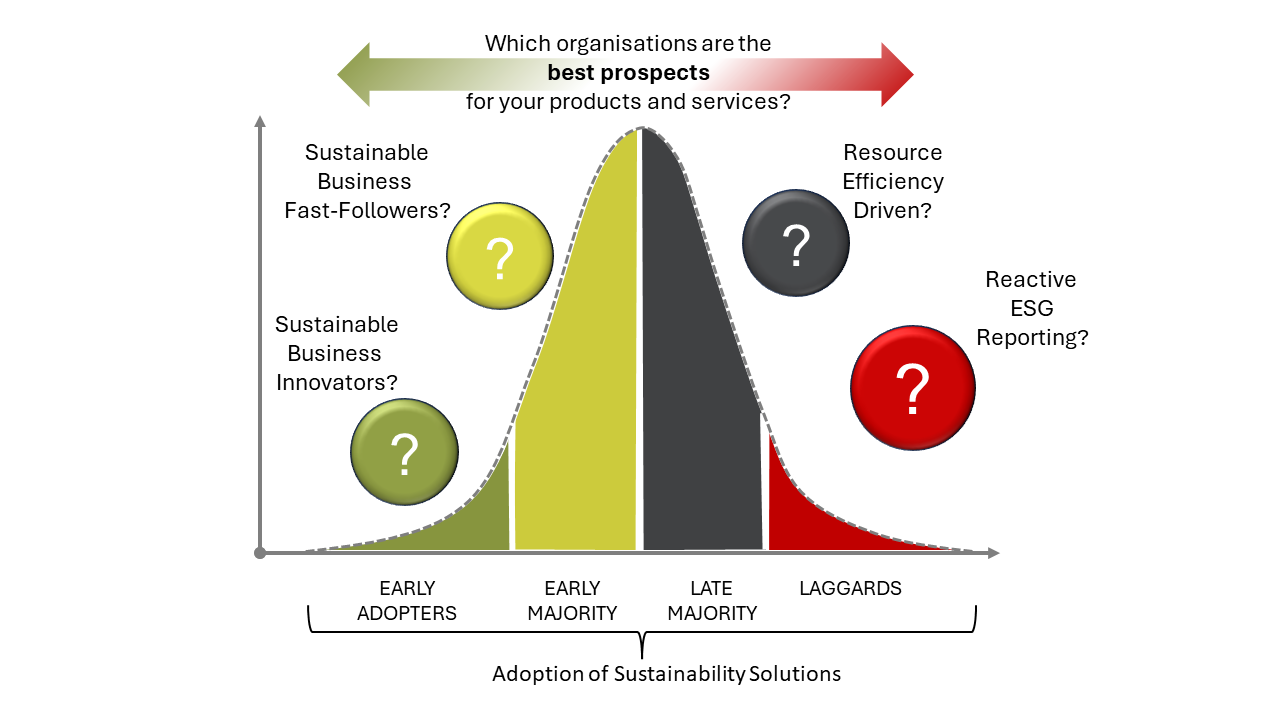 One way to improve the effectiveness of these activities is via a new way to apply a tried and tested framework used by many marketers and sellers across many markets – the Technology Adoption Lifecycle Model.
One way to improve the effectiveness of these activities is via a new way to apply a tried and tested framework used by many marketers and sellers across many markets – the Technology Adoption Lifecycle Model.
Simply stated this model, shown in the picture to the right, provides marketing and salespeople with a lens through which to consider the readiness of their prospects and clients to embrace sustainability.
Although many companies are now embracing sustainable business, driven by policy goals such as net zero, or to improve their ESG performance, this market evolution has been slow.
For some well-established businesses, the scale of the transition to becoming a sustainable business is set to take a decade. For younger, fast-growing companies, with less legacy infrastructure in their business model and the transition is often quicker.
The key lesson for marketing and sales teams is that business interest in sustainability is often affected by two key aspects:
- Sustainability Maturity –Every business is at a different stage in its sustainability journey. Some may be at the beginning and just learning what a sustainable transition means for them, whilst others may have already been actively pursuing sustainability goals for over a decade and are more advanced in both their thinking and their needs for new innovative products or services.
- Executive Commitment – Although many businesses are now making bold public statements on sustainability with their executives “talking” about becoming more sustainable, there remains a variation in willingness of some boards to really prioritise investments to back up their words with tangible actions. Seeing through the ‘greenwashing’ to the real commitment markers is key to sales success.
Time to Upgrade Your B2B Marketing and Sales Productivity with Sustainability?
Armed with a deeper understanding of the markers for the segments above, Marketing can improve their ability to generate qualified marketing leads and sales can increase their chances of converting these leads into sales successes.
In our next blog, we examine the sustainability journey taken by businesses =. We explain how both marketing and sales can use an understanding of this transition to improve their effectiveness.
If you are ready to transform your approach to Sustainability in sales and marketing, we invite you to explore how our expertise can catapult your efforts from good to great. Whether you are looking to refine your marketing message or sharpen your sales strategy, our team is here to guide you to grow your business through more effective engagement with the growing market for sustainable business solutions and services.
Growth Rings
To stay across our bespoke content and perspectives from the leading edge of sustainable innovation, please sign up to Growth Rings our free monthly newsletter.
It provides essential reading for anyone interested in “doing well by doing good ”.


